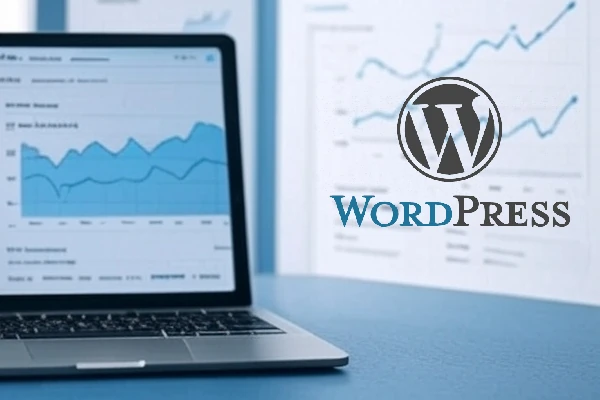How to Speed Up a Slow WordPress Site

A slow WordPress site can drive away visitors and hurt your SEO rankings, but with the right tweaks, you can significantly improve its performance. WordPress is a powerful platform, yet its flexibility can sometimes lead to sluggishness if not optimized. This guide provides 10 practical tips to accelerate your WordPress site, ideal for beginners and seasoned users alike. Read on for a faster web experience!
1. Choose a Reliable Hosting Provider
Your hosting choice is critical. Opt for a host with SSD storage, PHP 8.1+ support, and a Content Delivery Network (CDN) like SiteGround or WP Engine. Shared hosting can bottleneck performance, so consider upgrading to a managed WordPress host or VPS for better speed, especially during traffic spikes.
2. Enable Caching
Caching reduces server load by storing static versions of your pages. Install a plugin like W3 Total Cache or WP Super Cache from the WordPress repository. Enable page caching for anonymous users and browser caching to store files locally, cutting load times by up to 50%.
3. Optimize Images
Large images slow down sites. Use plugins like ShortPixel or Smush to compress images without losing quality. Set image dimensions in your media settings and convert to WebP format for modern browsers. Aim for file sizes under 100KB where possible.
4. Use a CDN
A CDN like Cloudflare or KeyCDN distributes your site's static files globally. Integrate it via a plugin like WP Rocket or your hosting dashboard. This reduces latency by serving content from the nearest server, improving load times for international users.
5. Minimize HTTP Requests
Each CSS, JS, or image file triggers an HTTP request. Combine and minify files using Autoptimize or WP Rocket. Remove unused plugins and themes via the Plugins or Appearance menus to reduce unnecessary assets.
6. Enable Gzip Compression
Gzip compression shrinks files before delivery. Add this to your .htaccess file with
7. Limit Redirects
Excessive redirects slow page loading. Use a plugin like Redirection to audit and consolidate redirects. Check your .htaccess file for unnecessary rules and remove them to streamline the process.
8. Update PHP and WordPress
Outdated software hampers performance. Update to the latest PHP version (e.g., 8.1 or higher as of June 2025) via your hosting panel. Go to Dashboard > Updates to keep WordPress core, themes, and plugins current for speed and security improvements.
9. Optimize the Database
A bloated database slows queries. Install WP-Optimize to remove post revisions, transients, and spam comments. Schedule regular cleanups via the plugin settings to maintain efficiency without manual intervention.
10. Monitor and Test Performance
Regular testing ensures ongoing speed. Use tools like Google PageSpeed Insights or GTmetrix to analyze load times. Set up a caching plugin's monitoring feature or use a service like Pingdom to track improvements after each optimization.
Conclusion
Speeding up a slow WordPress site involves a mix of hosting upgrades, plugin optimizations, and best practices. Start with caching and image optimization for quick wins, then explore CDNs and database tweaks for long-term gains. A faster site boosts user satisfaction and SEO—begin implementing these tips today! Check the WordPress optimization guide for more details.